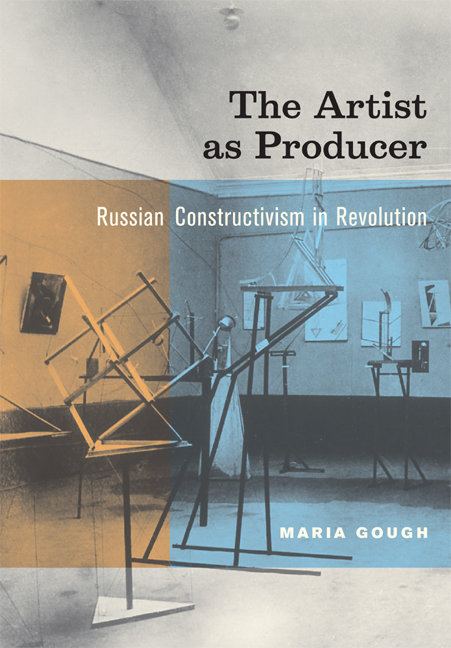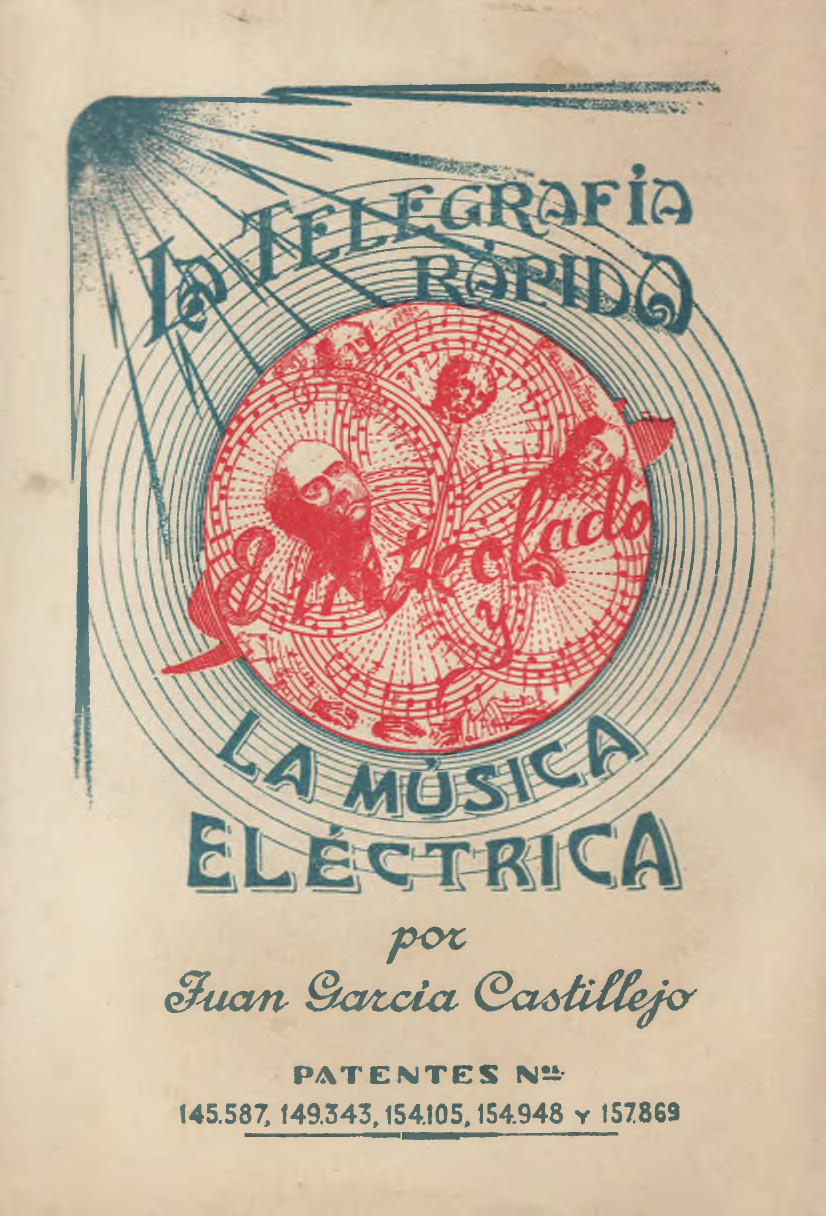Siegfried Zielinski: Deep Time of the Media: Toward an Archaeology of Hearing and Seeing by Technical Means (2002–) [EN, ES]
Filed under book | Tags: · alchemy, art, cinema, electricity, machine, magic, mathematics, media, media archeology, networks, perception, religion, telegraphy, theatre, time, video, vision

“Siegfried Zielinski argues that the history of the media does not proceed predictably from primitive tools to complex machinery; in Deep Time of the Media, he illuminates turning points of media history—fractures in the predictable—that help us see the new in the old.
Drawing on original source materials, Zielinski explores the technology of devices for hearing and seeing through two thousand years of cultural and technological history. He discovers the contributions of ‘dreamers and modelers’ of media worlds, from the ancient Greek philosopher Empedocles and natural philosophers of the Renaissance and Baroque periods to Russian avant-gardists of the early twentieth century. ‘Media are spaces of action for constructed attempts to connect what is separated,’ Zielinski writes. He describes models and machines that make this connection: including a theater of mirrors in sixteenth-century Naples, an automaton for musical composition created by the seventeenth-century Jesuit Athanasius Kircher, and the eighteenth-century electrical tele-writing machine of Joseph Mazzolari, among others.”
Originally published as Archäologie der Medien: Zur Tiefenzeit des technischen Hörens und Sehens, Rowohlt, Reinbek bei Hamburg, 2002.
Foreword by Timothy Druckrey
Translated by Gloria Custance
Publisher MIT Press, 2006
ISBN 0262240491, 9780262240499
375 pages
Reviews: Simon Werrett (Technology and Culture, 2007), Digital Creativity (2007), Simone Natale (Canadian Journal of Communication, 2012), Stephanie Lam (n.d.).
Deep Time of the Media: Toward an Archaeology of Hearing and Seeing by Technical Means (English, trans. Gloria Custance, 2006, 10 MB, updated on 2020-3-24)
Arqueología de los Medios. Hacia el tiempo profundo de la visión y la audición técnica (Spanish, trans. Alvaro Moreno-Hoffmann, 2011, 9 MB, added 2015-6-1 via Will, updated on 2020-3-24)
Maria Gough: The Artist as Producer: Russian Constructivism in Revolution (2005)
Filed under book | Tags: · 1920s, architecture, art, art history, art theory, avant-garde, communism, composition, constructivism, electricity, formalism, functionalism, politics, productivism, revolution, russia

“The Artist as Producer reshapes our understanding of the fundamental contribution of the Russian avant-garde to the development of modernism. Focusing on the single most important hotbed of Constructivist activity in the early 1920s—the Institute of Artistic Culture (INKhUK) in Moscow—Maria Gough offers a powerful reinterpretation of the work of the first group of artists to call themselves Constructivists. Her lively narrative ranges from famous figures such as Aleksandr Rodchenko to others who are much less well known, such as Karl Ioganson, a key member of the state-funded INKhUK whose work paved the way for an eventual dematerialization of the integral art object.
Through the mining of untapped archives and collections in Russia and Latvia and a close reading of key Constructivist works, Gough highlights fundamental differences among the Moscow group in their handling of the experimental new sculptural form—the spatial construction—and of their subsequent shift to industrial production. The Artist as Producer upends the standard view that the Moscow group’s formalism and abstraction were incompatible with the sociopolitical imperatives of the new Communist state. It challenges the common equation of Constructivism with functionalism and utilitarianism by delineating a contrary tendency toward non-determinism and an alternate orientation to process rather than product. Finally, the book counters the popular perception that Constructivism failed in its ambition to enter production by presenting the first-ever case study of how a Constructivist could, and in fact did, operate within an industrial environment. The Artist as Producer offers provocative new perspectives on three critical issues—formalism, functionalism, and failure—that are of central importance to our understanding not only of the Soviet phenomenon but also of the European vanguards more generally.”
Publisher University of California Press, 2005
ISBN 9780520226180
xi+257 pages
Reviews: Paul Wood (Art Journal, 2006), Charlotte Douglas (Modernism/modernity, 2006), Elizabeth Kridl Valkenier (Russian Review, 2006), Patricia Railing (Slavic Review, 2007), Douglas Greenfield (Slavic and East European Journal, 2007), Roann Barris (SECAC Review, 2007).
PDF (21 MB, no OCR)
Comment (1)Juan García Castillejo: Fast Telegraphy, the Trikeyboard and Electric Music (1944) [Spanish]
Filed under book | Tags: · electricity, library, music, sound, speech, telegraphy, typewriter

In this curious book, a Spanish priest proposes to combine the developments in telegraphy, teleprinter keyboards, typewriters and “electric music”. He describes how in the 1930s he built and perfected an ”electro-composition device”, equipped with lamps, transformers, capacitors, resistors, dozens of speakers and several engines.
He intended to cause the perforations in the telegraphic tape to be automatically selected by different engines that would trigger the various sound tracks recorded, and thus cause each of the “books on the perforated tape” to become an “audio book”. The purpose behind this idea was to enable the future creation of “spoken libraries” and “speech archives” in which the item being searched for could be instantly found. He performed practical experiments by means of a radio station where he managed to make the radio transmitter “speak automatically”, repeatedly broadcasting random announcements without anyone being present. He also intended this “talking device” to become an electric orchestra that composed “a music of chance configurations that was subjected to a number of panels governing its harmonic possibilities”, as well as bearing in mind the multiple possibilities that it offered in the field of improvisation.
Castillejo wrote several essays for a humour section of a radio magazine, which would imply that a concert was going to be broadcasted, when in fact it was the electro-composer instrument. In 1933, the director of Unión Radio, in Valencia paid him a visit him in order to evaluate how feasible its implementation in the radio station would be, although, due to the cost and difficulty in “providing a constant voltage for an electric demand that varied according to the use of a greater or lesser number of musical notes”, the project was shelved and fell into oblivion, and, with it, the contribution of the author. (from a summary by Miguel Molina Alarcón, 2006, pp 16-17)
Since 2008, Premio Cura Castillejo, a major Spanish award for sound art and experimental music is named in his honor.
La telegrafía rápida: el triteclado y la música eléctrica
Published in Valencia, 1944
347 pages
via Anna / Ràdio Web MACBA, via Ccapitalia.net
Commentary (Miguel Molina Alarcón, 2006, in English, pp 16-17)
Commentary (Miguel Molina Alarcón, 2006, in Spanish)
Commentary (Adolfo García Yagüe, 2014, in Spanish)
Tribute concert announcement (2013)

